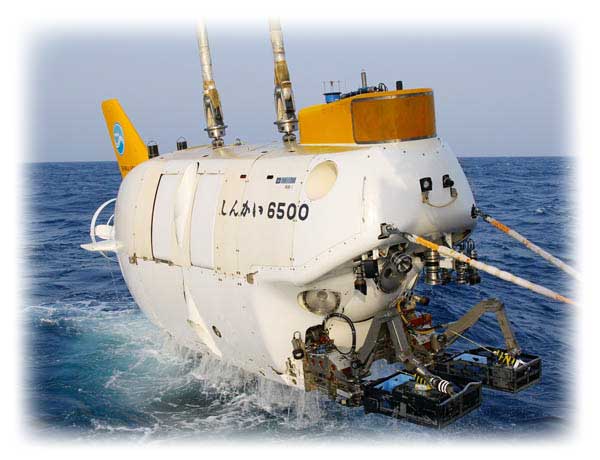Message from IGCP-585
Dear colleagues,
Preparations for the upcoming 5th International Symposium on Submarine Mass Movements and Their Consequences (5thISSMMTC) to be held in Kyoto, Japan, October 24 - 26, 2011, are well advanced. After the M9.0 earthquake and tsunami on March 11, 2011, with its disastrous consequences, in particular leakage at the nuclear power plants, we, together with the local organizers, have closely reviewed the situation in Japan with regard to potential consequences for our symposium. Our conclusion, given the present situation, is that there are no safety concerns in Kyoto and this situation is unlikely to change. Kyoto is far from any contaminated locations in NE Japan. The Symposium will be held as planned, therefore. Neither has the post-cruise field trip site in the greater Tokyo area shown any concern with respect to monitored nuclear radiation measurements. These data will continuously be evaluated during the next months and prior to the field trip to ensure safety of all participants. We fully trust our Japanese colleagues to keep us appraised of the situation. Travel alerts issued by the US Bureau of Consular affairs (link here) indicate also that there are no health concerns outside a 50 mile radius of the Fukushima Daiichi nuclear power plant, and that the situation is evolving in the good direction. Official reports from the main European countries provide information along the same lines. The German embassy in Tokyo provides information here, information by the French Ministry of foreign affairs can be found here, and the UK foreign and commonwealth office issues travel advice to Japan here. By having the 5th ISSMMTC in Kyoto this year, we show our solidarity and respect with the Japan Earth Science community. The conference will include various themes in relation to submarine landslides, such as process understanding, gas hydrates, earthquakes, new tools and techniques, hazard and risk estimation and relation to climate change that will be led by keynote lectures from the most prominent scientists in our community. In addition we will have our panel debates in various “hot topics” of submarine landslide research, including a panel discussion on the relation of our research to lessons learned/to be learned from the great 2011 Tohoku-oki earthquake. We expect this discussion will contribute to significant knowledge transfer in the various themes proposed by the conference. We also hope that this will be an important opportunity for exciting new ventures in “Submarine Landslides Research”. Finally, we'd like to remind you that Poster session participation is still open for the symposium. We hope to meet you all in Kyoto!
IGCP-585 chairs (Roger Urgeles, CSIC, Barcelona, Spain; David Mosher, GSC, Halifax, Canada; Jason Chaytor, USGS, Woods Hole, USA; Michael Strasser, MARUM, Bremen, Germany)
Keynote Speakers:
Opening Keynote Speech:
Kyoji Sassa (Executive Director of International Consortium on Landslides)
Thematic Keynotes
Brandon Dugan (Rice University, USA)
'A Review of Overpressure, Flow Focusing, and Slope Failure'
Andrew Lin (National Central University, Taiwan)
`Processes and products of flood-induced hyperpycnal flows vs. earthquake-triggered turbidity currents: Examples from Taiwan'
Farrokh Nadim (Norwegian Geotechnical Institute, Norway)
`Risk Assessment for Earthquake-Induced Submarine Slides'
Gian Andrea Pini (University of Bologna, Italy)
`Sedimentary me'langes and fossil mass-transport complexes: a key for better understanding submarine mass movements?'
Kenji Satake (University of Tokyo, Japan)
`Tsunamis Generated by Submarine Landslides'
Introductory note on IGCP585:
Roger Urgeles (Institut de Cie`ncies del Mar (ICM-CSIC))
Conference Themes

Themes
1: Physical Properties of Sediments and Slope Stability Assessment
2: Seafloor Geomorphology for Trigger Mechanisms and Landslide Dynamics
3: Role of Fluid Flow in Slope Instability
4: Mechanics of Mass-Wasting in Subduction Margins
5: Post-Failure Dynamics
6: Landslide Generated Tsunamis
7: Witnessing and Quasi-Witnessing of Slope Failures
8: Architecture of Mass Transport Deposits / Complexes
9: Relevance of Natural Climate Change in Triggering Slope Failures



















